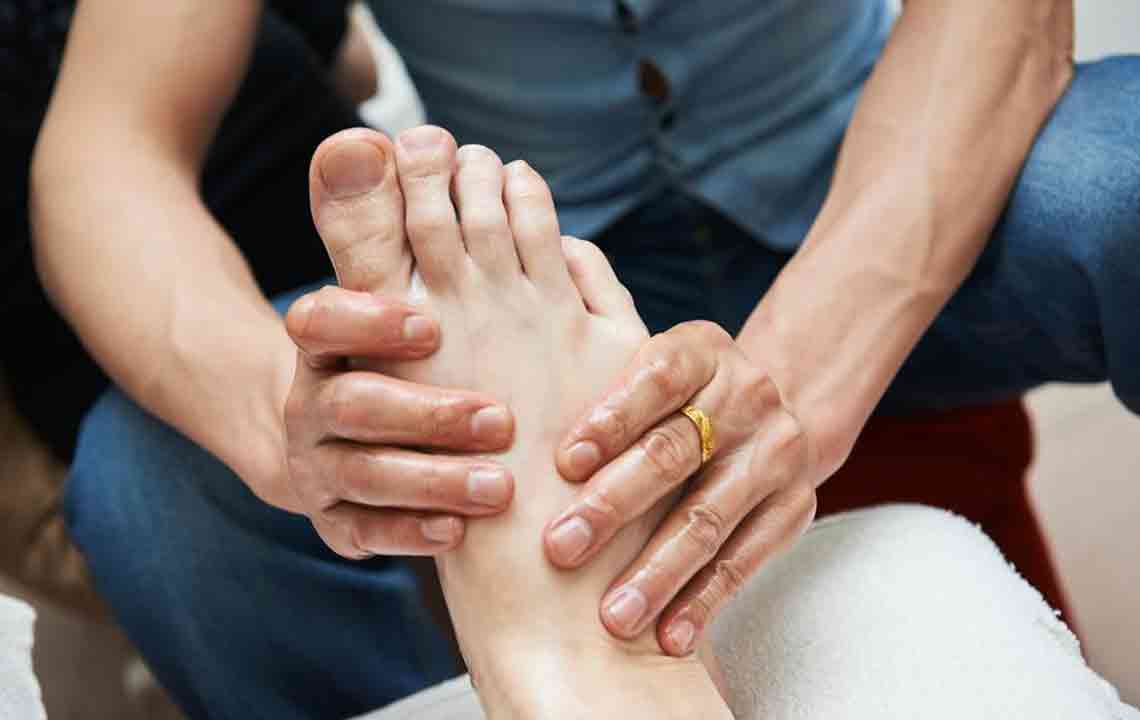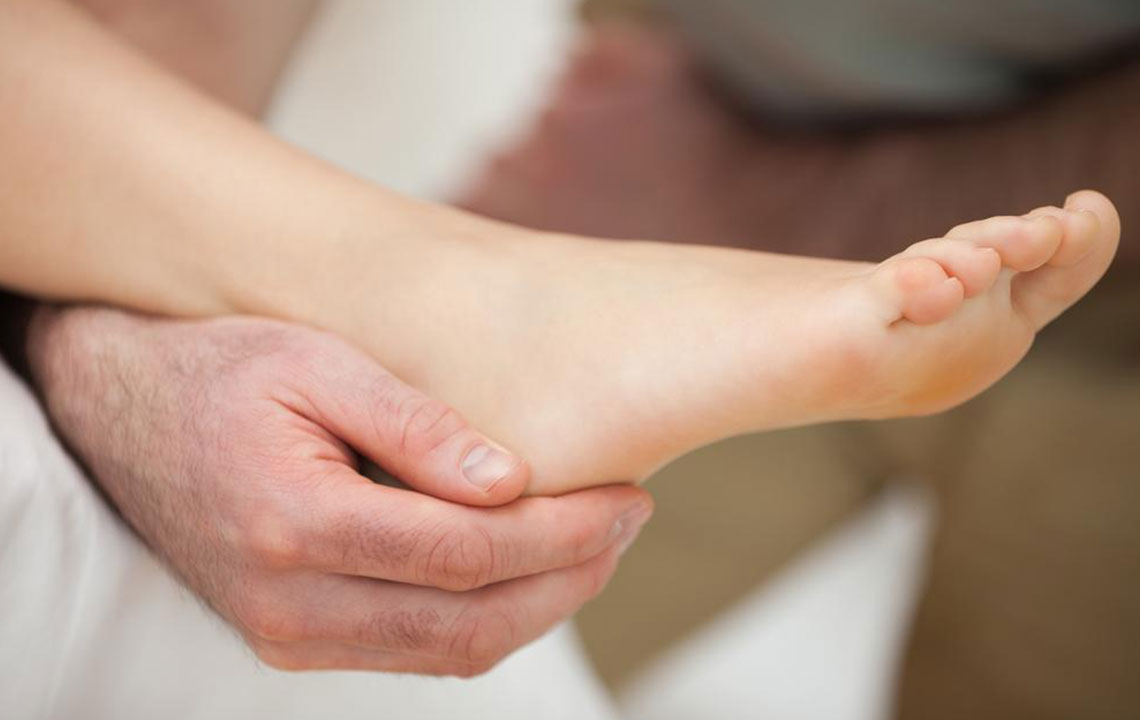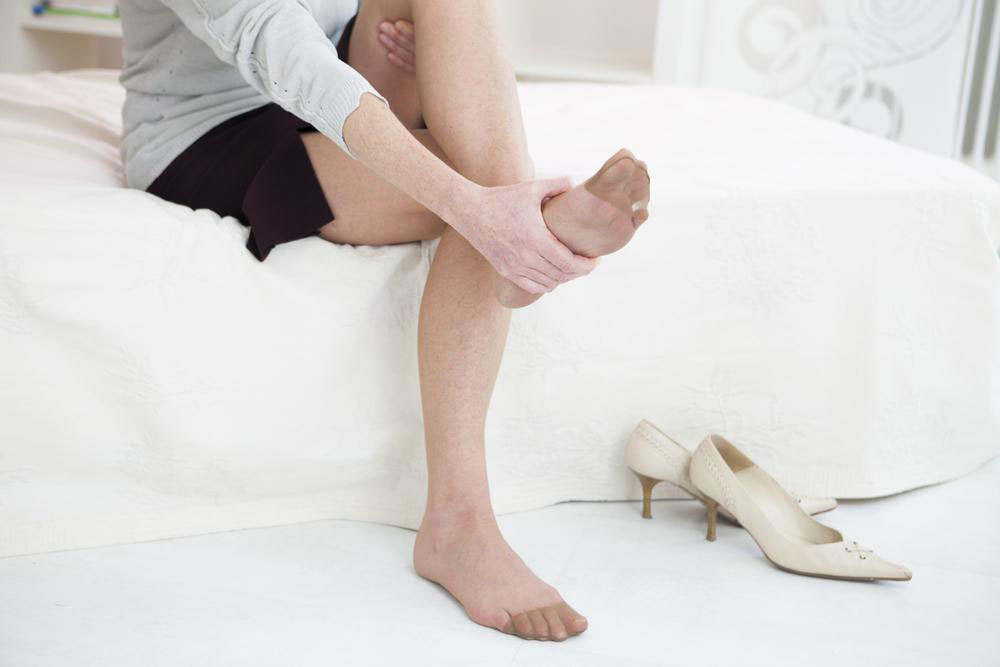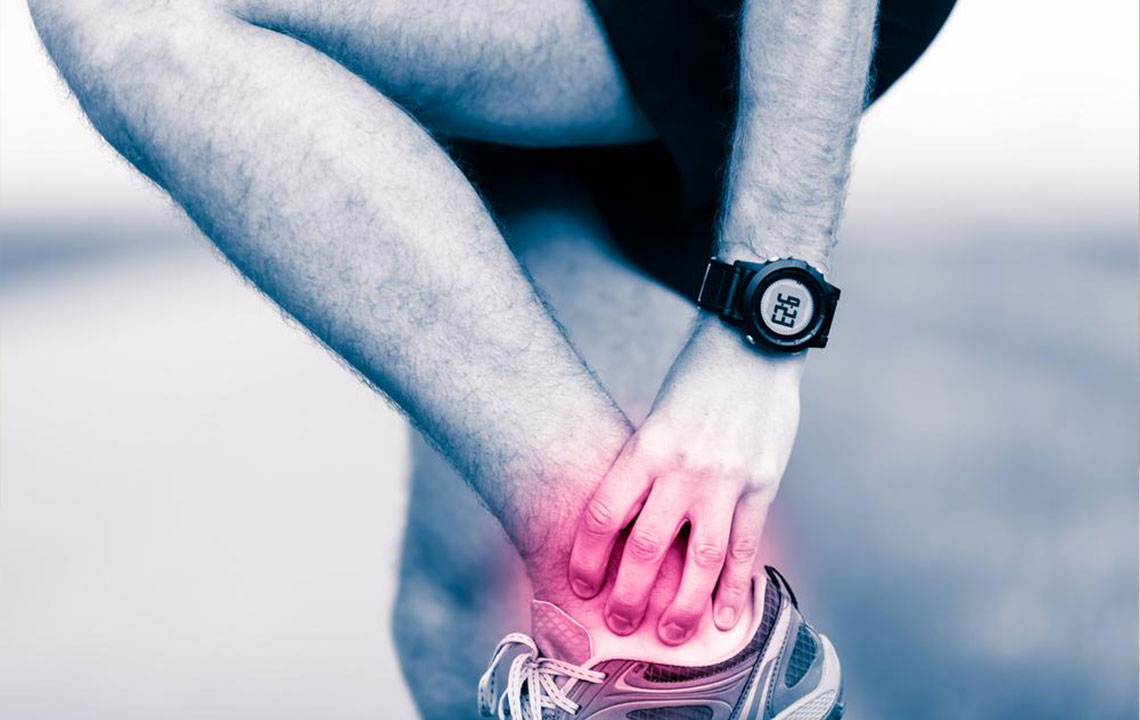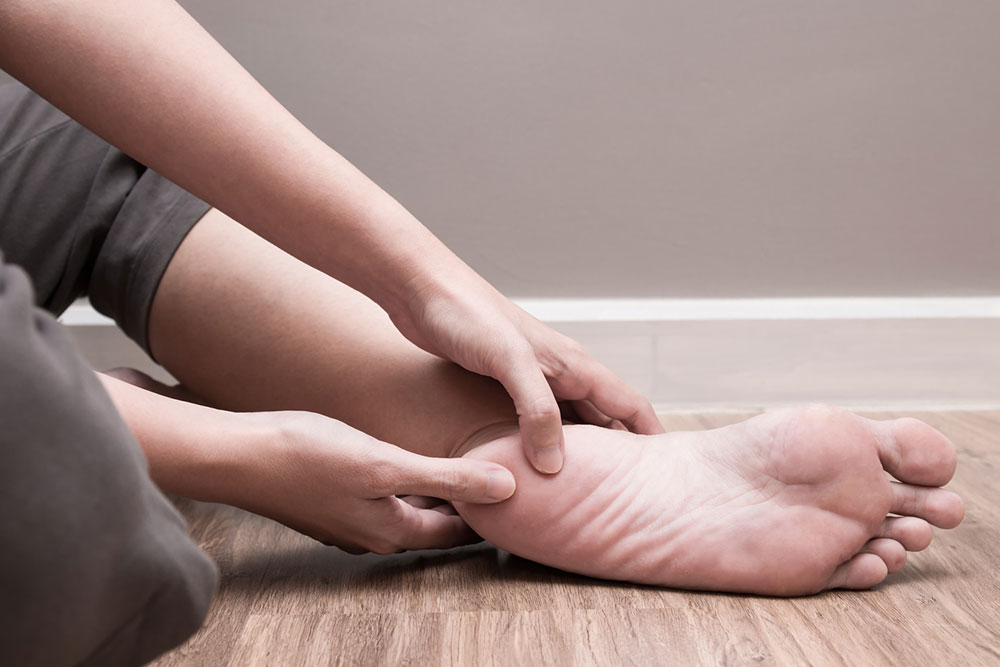Comprehensive Guide to Common Causes and Effective Treatments for Foot Pain
This comprehensive guide explores common causes of foot pain on the top of the foot, including stress fractures, tendon inflammation, structural anomalies, overuse, and footwear issues. It offers effective treatment strategies and emphasizes the importance of early diagnosis to prevent long-term complications. Learn how to manage foot discomfort and maintain healthy foot function for an active lifestyle.
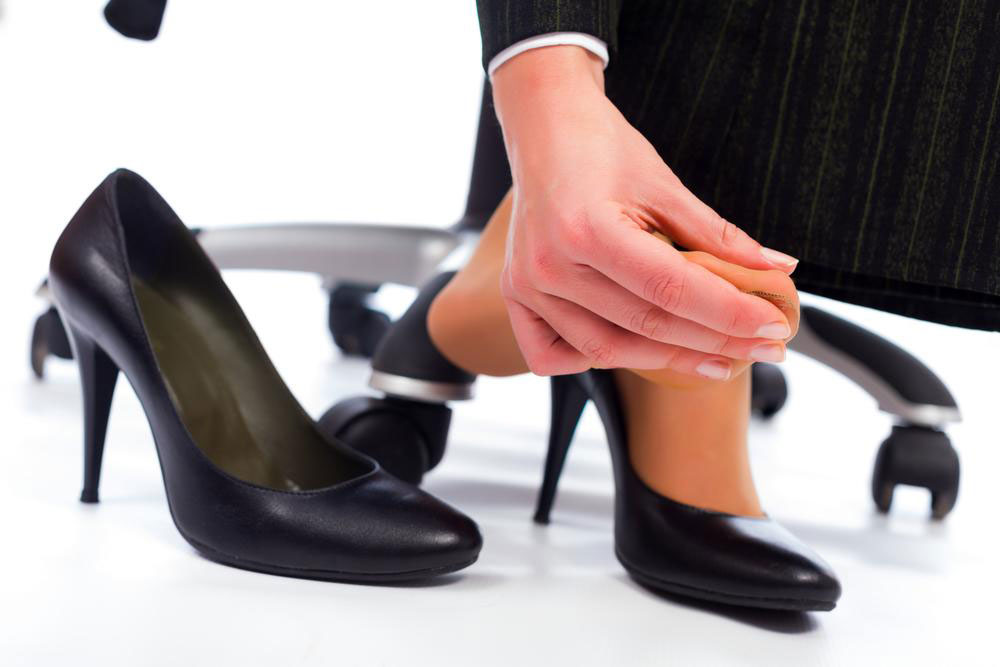
Foot pain is a widespread issue that can significantly affect a person's daily activities, mobility, and overall quality of life. Whether you're experiencing discomfort on the top of your foot, around the ankle, or elsewhere, understanding the root causes is essential for proper treatment and relief. In this detailed guide, we explore the most prevalent reasons behind foot pain, especially focusing on pain located on the upper part of the foot, near the shoelace area, and provide insights into effective management strategies. If left untreated, persistent foot discomfort can lead to more serious problems, making timely diagnosis and intervention crucial.
Foot pain can originate from various factors, including injuries, repetitive strain, structural anomalies, or improper footwear. Recognizing the signs and symptoms associated with each condition helps in seeking appropriate medical care. Here are some of the primary causes that could explain pain on the top of your foot:
1. Stress Fractures — Tiny Cracks that Cause Major Discomfort
Stress fractures are tiny cracks or fissures in the bones of the foot, most commonly affecting the metatarsals — the long bones connecting the toes to the midfoot. These injuries typically result from overuse, repetitive impact, or sudden increases in physical activity, especially in athletes or individuals engaging in high-impact sports. Stress fractures often develop when the bones are unable to withstand repeated stress, leading to micro-damage that accumulates over time.
Symptoms of stress fractures include localized swelling, tenderness, and sharp pain that worsens during weight-bearing activities. Athletes may notice persistent pain that persists even at rest, and swelling may become prominent over the affected area. Diagnosing stress fractures involves clinical evaluation and imaging techniques like X-rays or MRI scans, which can detect small cracks not visible to the naked eye.
Addressing stress fractures involves rest, minimizing weight-bearing activities, and sometimes immobilization through cast or boot to facilitate healing. Proper nutrition, such as adequate calcium and vitamin D intake, can support bone health. Returning to activity should be gradual under medical supervision to prevent re-injury.
2. Extensor Tendon Inflammation — When Tendons Become Inflamed
The extensor tendons run along the top of the foot and are responsible for lifting the toes and dorsiflexing the foot. When these tendons become inflamed, a condition known as extensor tendinitis, it can cause significant pain on the upper surface of the foot, especially around the area near the shoe laces.
Common causes include tight calf muscles, overuse from repetitive motion, or wearing inappropriate footwear that rubs against the tendons. Signs of inflammation include swelling, redness, warmth, and pain that worsens with activity. Patients often feel a throbbing or aching sensation and difficulty moving the toes freely.
Effective treatments for extensor tendinitis involve rest, ice application to reduce inflammation, and stretching exercises targeting the calf muscles to alleviate tension. Supportive footwear with adequate cushioning and arch support can prevent aggravation. In some cases, anti-inflammatory medications or physical therapy are recommended to promote healing and restore normal function.
3. Tarsal Coalition — Abnormal Bone Growth Leading to Pain
Tarsal coalition is a congenital condition characterized by an abnormal fusion of foot bones, typically in the midfoot or hindfoot. This structural anomaly can restrict joint mobility, lead to stiffness, and provoke pain, especially around the ankle and top of the foot.
Patients may experience aching, swelling, pain during activity, or muscle spasms, often worsening with prolonged standing or walking. Tarsal coalition is often diagnosed in adolescence or early adulthood through physical examination and imaging studies such as CT scans or MRI, revealing abnormal bone connections.
Management strategies include wearing supportive footwear, using orthotics to reduce stress on affected joints, and engaging in physical therapy to improve mobility and strengthen surrounding muscles. In severe cases, surgical intervention to remove or correct the coalition might be necessary to restore normal function and alleviate pain.
4. Excessive Physical Activity — When Overexertion Causes Strain
Prolonged or intense physical activity, such as walking long distances, standing for extended periods, or high-impact sports, can strain the muscles, tendons, and bones of the foot. Overuse leads to inflammation, micro-tears, and fatigue, manifesting as pain and discomfort, particularly on the top of the foot.
Symptoms include aching that worsens after activity and subsides with rest. Swelling and tenderness are also common. To prevent overuse injuries, it is essential to incorporate adequate rest periods, maintain proper hydration, and follow a progressive training schedule that allows the tissues to adapt gradually.
Using supportive footwear, orthotics, and performing regular stretching and strengthening exercises can reduce the risk of injury. If pain persists despite rest, consulting a healthcare professional is advisable to rule out other underlying conditions and receive tailored treatment plans.
5. Tight Shoes — The Impact of Improper Footwear
Wearing shoes that are too tight or ill-fitting can put excessive pressure on the top of the foot. Tight footwear compresses the tendons, nerves, and blood vessels, leading to pain, numbness, tingling, or even the development of bursitis or other inflammation.
Choosing shoes with a proper fit, adequate toe box space, and supportive features is essential for foot health. Proper footwear helps distribute pressure evenly and prevents stress on the tendons and bones, reducing the likelihood of pain and injury.
Individuals who spend a lot of time on their feet should prioritize comfortable footwear designed for their specific activities. Regularly replacing worn-out shoes and avoiding high heels or narrow shoes can significantly reduce the risk of developing foot pain caused by footwear issues.
When to Seek Medical Attention
If the pain on the top of your foot persists beyond a week, worsens, or is accompanied by swelling, bruising, numbness, or difficulty moving the foot, it is crucial to consult a healthcare professional promptly. An orthopedist or podiatrist can perform a thorough examination, order imaging tests, and provide an accurate diagnosis.
Early intervention can prevent complications, promote faster recovery, and help restore optimal foot function. Treatments may range from conservative approaches such as rest, physiotherapy, and orthotics to surgical procedures in severe cases.
In conclusion, understanding the diverse causes of foot pain, particularly on the upper part of the foot, enables effective management and recovery. Prioritizing proper footwear, rest, and medical consultation when needed ensures better foot health and overall mobility. Maintaining healthy foot habits can lead to a more active and pain-free life.
